In the depths of our oceans, a magical phenomenon occurs – bioluminescence, the ability of living organisms to produce light. While most of us associate this ethereal glow with deep-sea creatures or fireflies on summer evenings, some bioluminescent species can actually be kept as captivating pets in home aquariums. These living light shows create an otherworldly ambiance that transforms an ordinary tank into a mesmerizing spectacle. From microscopic dinoflagellates to specialized fish species, the world of bioluminescent aquatic pets offers a unique opportunity to bring a piece of nature’s most enchanting display into your home. This article explores the most fascinating bioluminescent creatures suitable for home aquariums, their care requirements, and the science behind their magical glow.
Dinoflagellates: Living Light in a Bottle

Perhaps the most accessible bioluminescent pets are dinoflagellates, microscopic single-celled organisms that create a stunning blue glow when agitated. These tiny creatures can be kept in specialized aquariums or even decorative sealed bottles, requiring only simple care and indirect light to photosynthesize during daylight hours. When disturbed through gentle swirling or shaking at night, they produce a magical blue light show reminiscent of underwater stars. Pyrocystis fusiformis is the most commonly available species for home cultivation, prized for its bright bioluminescence and relatively simple care requirements. While not traditional “pets” in the conventional sense, these living light displays have become increasingly popular for those seeking a low-maintenance but visually spectacular aquatic display.
The Science Behind the Glow

Bioluminescence occurs through a chemical reaction where a molecule called luciferin interacts with oxygen and the enzyme luciferase to produce light, a process remarkably different from phosphorescence or fluorescence. This biochemical reaction is incredibly efficient, converting nearly 98% of energy to light with minimal heat waste, making it one of the most efficient light-producing systems known. In marine environments, this ability has evolved independently dozens of times across different species, serving various purposes from attracting prey to confusing predators or finding mates. Understanding this mechanism helps aquarists provide optimal conditions for their bioluminescent pets, as factors like water quality, temperature, and light exposure can significantly affect the intensity and frequency of light production in captive specimens.
Flashlight Fish: Nature’s Underwater Lanterns
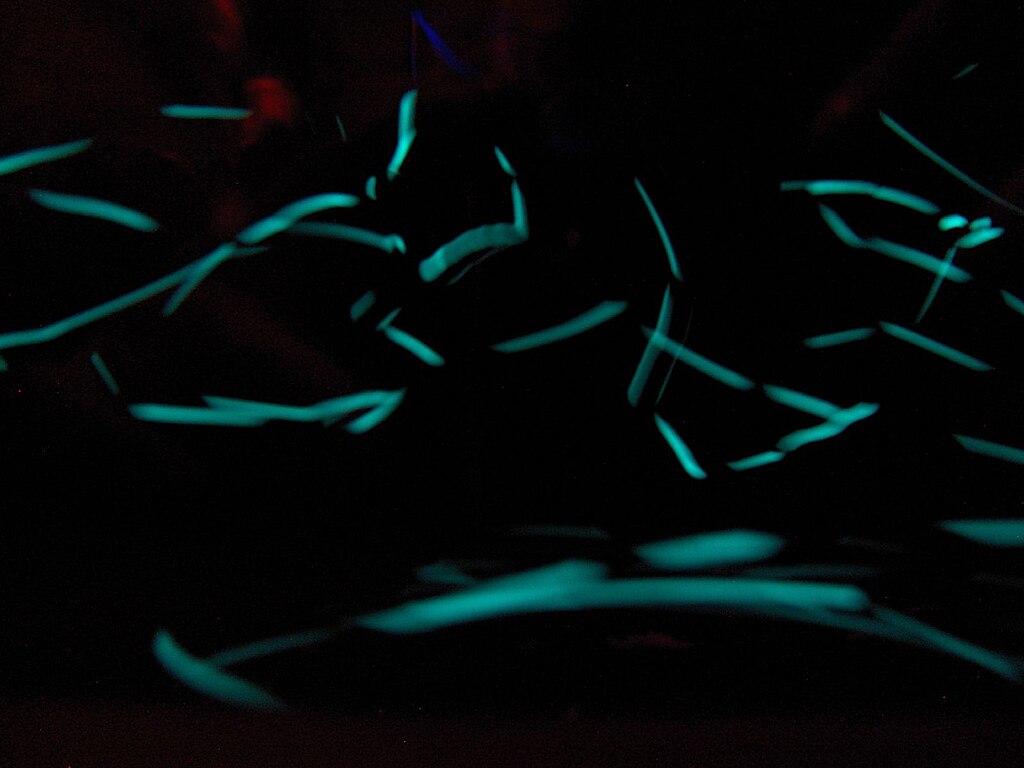
Among the most captivating bioluminescent fish suitable for advanced aquarists are flashlight fish (Anomalops katoptron), distinguished by their remarkable light organs located beneath their eyes. These specialized organs contain symbiotic bioluminescent bacteria that create a distinctive glow the fish can control through a lid-like mechanism, essentially serving as living headlights. In the wild, flashlight fish use this ability to communicate with others, attract prey, and confuse predators through a disorienting blinking pattern. Keeping flashlight fish requires a specialized setup including a 100+ gallon tank, excellent filtration, and consistent water parameters, making them suitable only for experienced marine aquarists. Their nocturnal nature means they’re most active and impressive during nighttime hours when their light organs create a spectacular display.
Comb Jellies: Rainbow Light Displays

Ctenophores, commonly known as comb jellies, create one of the most mesmerizing light displays in the aquatic world through a combination of bioluminescence and light diffraction. Unlike true jellyfish, these delicate creatures use rows of cilia (tiny hair-like structures) that scatter light into rainbow patterns as they move through water, complemented by bioluminescent capabilities that create pulses of blue light when disturbed. Advanced public aquariums have successfully kept species like Mnemiopsis leidyi, though maintaining them in home aquariums requires specialized cylindrical tanks with gentle circular water flow and careful feeding of microscopic prey. While challenging to maintain, these ghostly creatures create an unparalleled visual display that combines both active bioluminescence and passive light scattering effects.
Bioluminescent Shrimp: Tiny Light Performers

Several species of deep-sea shrimp possess the remarkable ability to expel bioluminescent clouds when threatened, creating a biological version of a smoke screen. Oplophoridae family members like the “deep-sea firefly shrimp” produce bioluminescent secretions that can temporarily distract predators while they make their escape. While most truly bioluminescent shrimp species remain challenging to keep in captivity due to their deep-sea origins, a few hardier species have been successfully maintained in specialized cold-water marine setups with high-pressure systems. The care requirements include stable, cool temperatures, pristine water quality, and specialized feeding regimes of small deep-sea crustaceans or substitutes, making them suitable only for the most dedicated and experienced aquarists.
Bioluminescent Bacteria Colonies
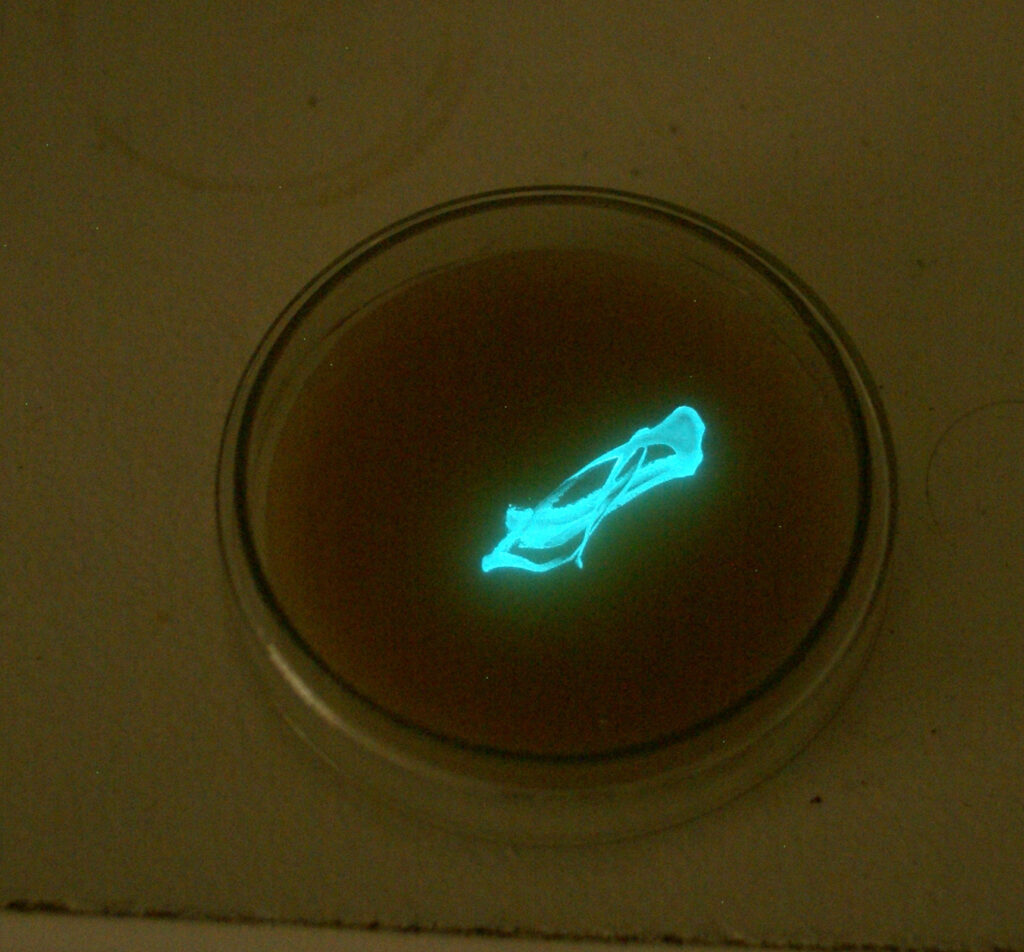
For those fascinated by microbiology, cultivating colonies of bioluminescent bacteria like Vibrio fischeri or Photobacterium phosphoreum offers a unique pet alternative that creates a continuous soft blue glow. These bacteria can be grown in specialized marine nutrient media within small desktop bioreactors designed specifically for bacterial cultivation. Unlike dinoflagellates that flash when disturbed, these bacterial colonies produce a steady, constant glow that intensifies as the colony grows and can be maintained for months with proper care. Some aquarists incorporate these bacteria into reef tanks as supplemental biodiversity that contributes to the nocturnal ambiance of the aquarium ecosystem. While not traditional pets, these living light-producing microorganisms offer a fascinating glimpse into the microscopic world of marine bioluminescence.
Deep Sea Cardinalfish: Glowing Reef Dwellers
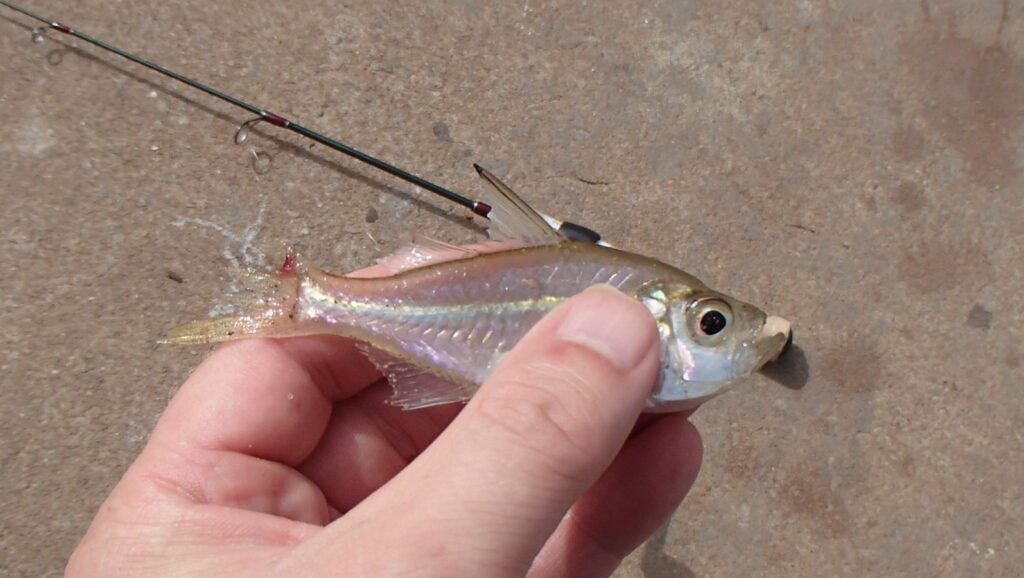
Certain species of cardinalfish from deeper reef environments exhibit subtle bioluminescent properties, particularly in their eye rings and fin margins, creating a gentle glow visible in completely darkened aquarium settings. Siphamia tubifer, sometimes called the “luminous cardinalfish,” harbors light-producing bacteria in a specialized ventral organ, creating a subtle but distinctive illumination. These small, peaceful fish can be kept in groups in reef-compatible marine setups, though they require excellent water quality and subdued lighting to thrive and display their bioluminescent capabilities. Their relatively small size (typically under three inches) makes them suitable for medium-sized reef aquariums where they add both daytime activity and nighttime illumination to the tank environment.
Creating the Ideal Environment for Bioluminescence
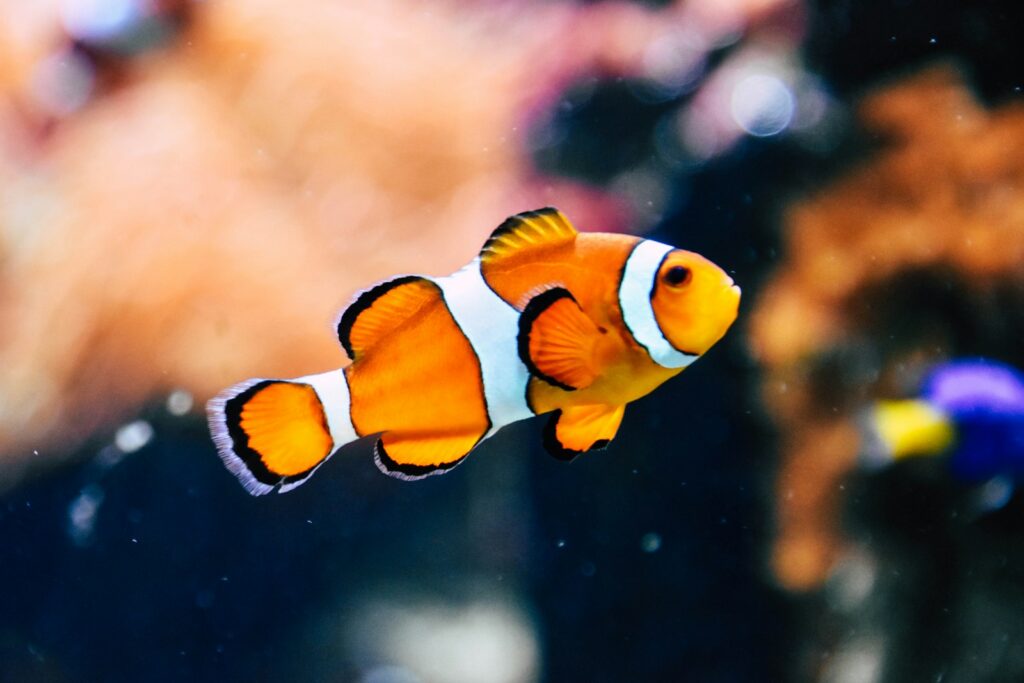
Maximizing the bioluminescent display of aquatic pets requires careful attention to environmental conditions that mirror their natural habitats. Most importantly, light pollution must be minimized during observation periods, as even small amounts of ambient light can make the often subtle glow of these creatures difficult to perceive. Water chemistry parameters must be maintained with precision, as factors like pH, temperature, and dissolved oxygen levels directly impact the biochemical processes responsible for light production. For species with symbiotic light-producing bacteria, proper nutrition ensures the microbial partners receive the compounds needed for bioluminescent reactions. Creating day/night cycles that match the creature’s natural environment is essential, as many species only display their bioluminescence during specific periods, typically at night when predators are most active.
Ethical Considerations in Keeping Bioluminescent Pets

The keeping of bioluminescent species raises important ethical questions about the responsible collection and captive maintenance of these specialized organisms. Many truly bioluminescent species come from deep-sea environments that are difficult to replicate in home aquariums, potentially leading to shortened lifespans and welfare concerns. Ethical aquarists should prioritize captive-bred specimens or organisms like dinoflagellates that can be sustainably cultured rather than wild-caught individuals from fragile deep-sea ecosystems. Before acquiring any bioluminescent pet, extensive research should be conducted to ensure that proper long-term care can be provided, including specialized equipment, water parameters, and feeding requirements. The responsible approach is to match your experience level and resources with species that have proven track records of thriving in captivity rather than experimenting with challenging deep-sea specialists.
Bioluminescent Marine Worms: Living Light Tubes

Several species of marine polychaete worms produce striking bioluminescent displays, with the “fireworm” (Odontosyllis enopla) being among the most spectacular for its synchronized mating displays that create rings of blue-green light in the water column. In captive settings, these segmented worms can be kept in specialized biotope aquariums with fine sandy substrates that allow them to burrow naturally. Their bioluminescence is typically most visible during their reproductive cycle, when the worms emerge from the substrate to perform their light-producing mating ritual. Maintaining these fascinating invertebrates requires excellent water quality, stable parameters, and a diet of fine detritus and microorganisms that can be supplemented with specialized marine feeds.
Bioluminescent Plankton Aquariums
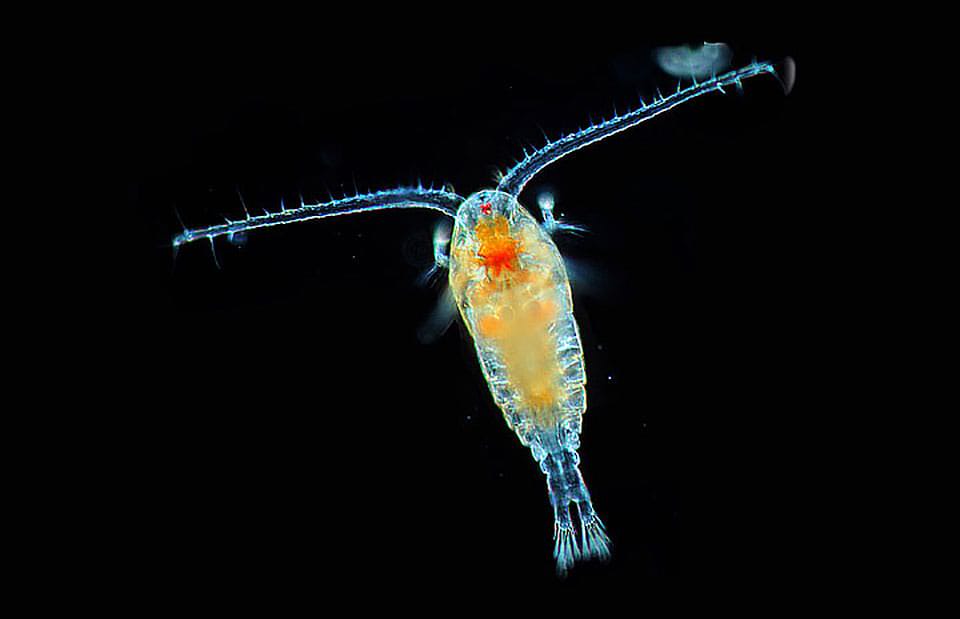
Creating a dedicated bioluminescent plankton aquarium offers a spectacular and relatively accessible entry point into keeping light-producing aquatic life. These specialized setups focus on maintaining diverse communities of light-producing microorganisms like dinoflagellates, copepods, and other planktonic creatures that collectively create impressive light displays when the water is disturbed. Successful maintenance requires carefully balanced lighting schedules (with periods of darkness essential for viewing the bioluminescence), regular nutrient management, and periodic refreshment of the plankton culture. Unlike traditional fish tanks, these displays are designed primarily for the visual experience rather than for showcasing individual specimens, with many enthusiasts incorporating wave generators or programmable circulation pumps to automatically trigger the light displays at set intervals.
Future of Bioluminescent Aquatics: New Species and Technologies
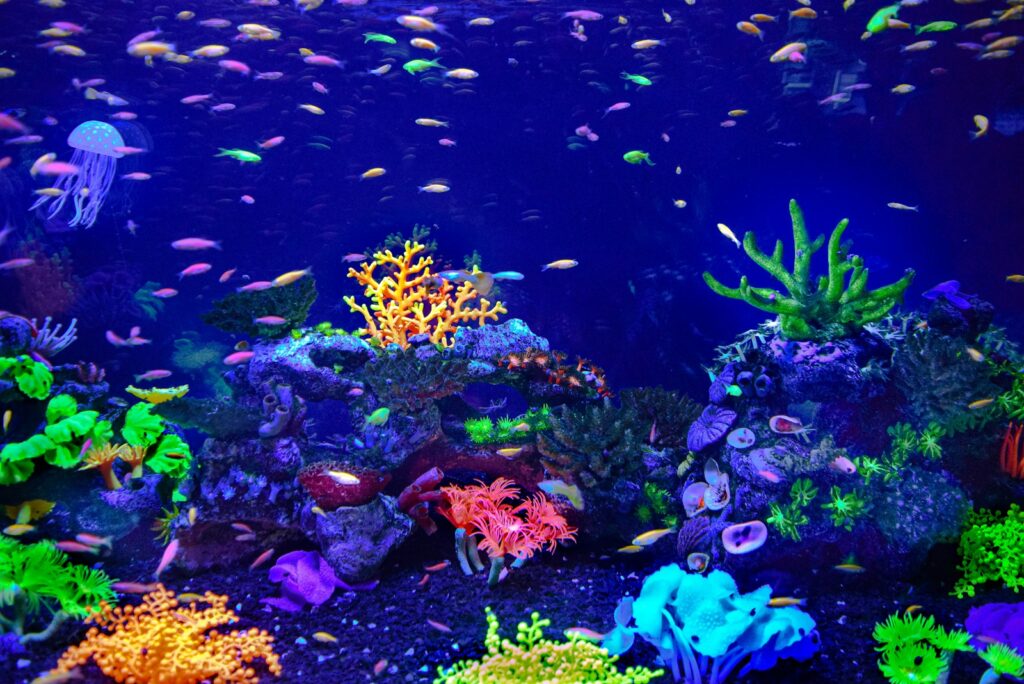
The field of bioluminescent aquatics continues to evolve as marine biologists discover new light-producing species and develop technologies to better maintain them in captivity. Recent advances in pressurized aquarium systems are making it increasingly possible to keep genuine deep-sea bioluminescent creatures that previously could not survive in conventional tanks. Biotechnology research is also yielding insights into the cellular mechanisms of bioluminescence, potentially leading to enhanced cultivation techniques for light-producing organisms. As the popularity of bioluminescent aquariums grows, we can expect to see more specialized equipment entering the market, from optimized tanks for specific species to automated systems that create ideal conditions for maximum light production. The intersection of marine biology, aquarium keeping, and biotechnology continues to expand the possibilities for bringing these natural light shows into our homes.
Troubleshooting Common Issues with Bioluminescent Pets
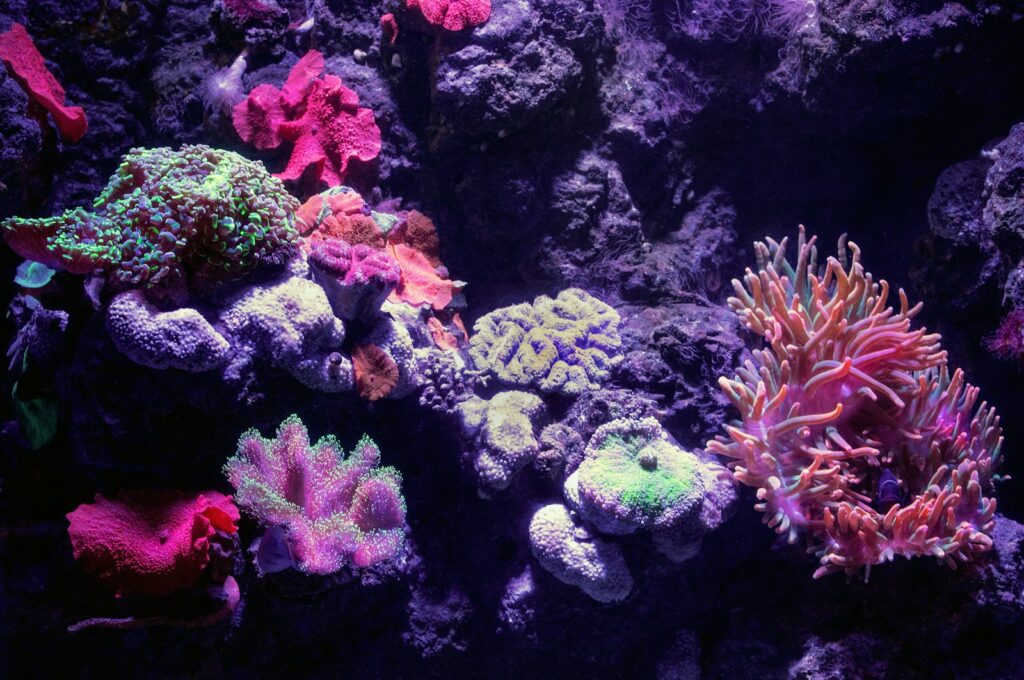
Even experienced aquarists encounter challenges when maintaining bioluminescent species, with the most common issue being diminished light production over time. This typically results from stress factors, including inappropriate water parameters, excessive light exposure, or inadequate nutrition that interferes with the biochemical pathways responsible for bioluminescence. For bacterial and dinoflagellate cultures, contamination from competing microorganisms can gradually outcompete the light producers, necessitating regular culture refreshment or the addition of specific growth media. Many bioluminescent species also follow natural biological rhythms that affect their light production, potentially creating the false impression of a problem when the organism is simply in a normal cyclic phase of reduced activity. Successful troubleshooting requires patience, careful observation, and sometimes consulting with specialists who have experience with these unique and often demanding creatures.
Conclusion

Bioluminescent aquatic pets represent a fascinating frontier in the aquarium hobby, offering a unique blend of science and spectacle that few other living collections can match. From the relatively simple maintenance of dinoflagellate cultures to the advanced challenges of keeping specialized fish and invertebrates, these living light displays connect us to one of nature’s most magical phenomena. While not all bioluminescent species make appropriate pets, those that can thrive in captivity provide both educational value and aesthetic wonder. As research advances and aquarium technology improves, we can look forward to more sustainable and successful ways to bring the enchanting glow of bioluminescence into our homes, allowing us to experience firsthand the remarkable ways in which life has evolved to create light from within.

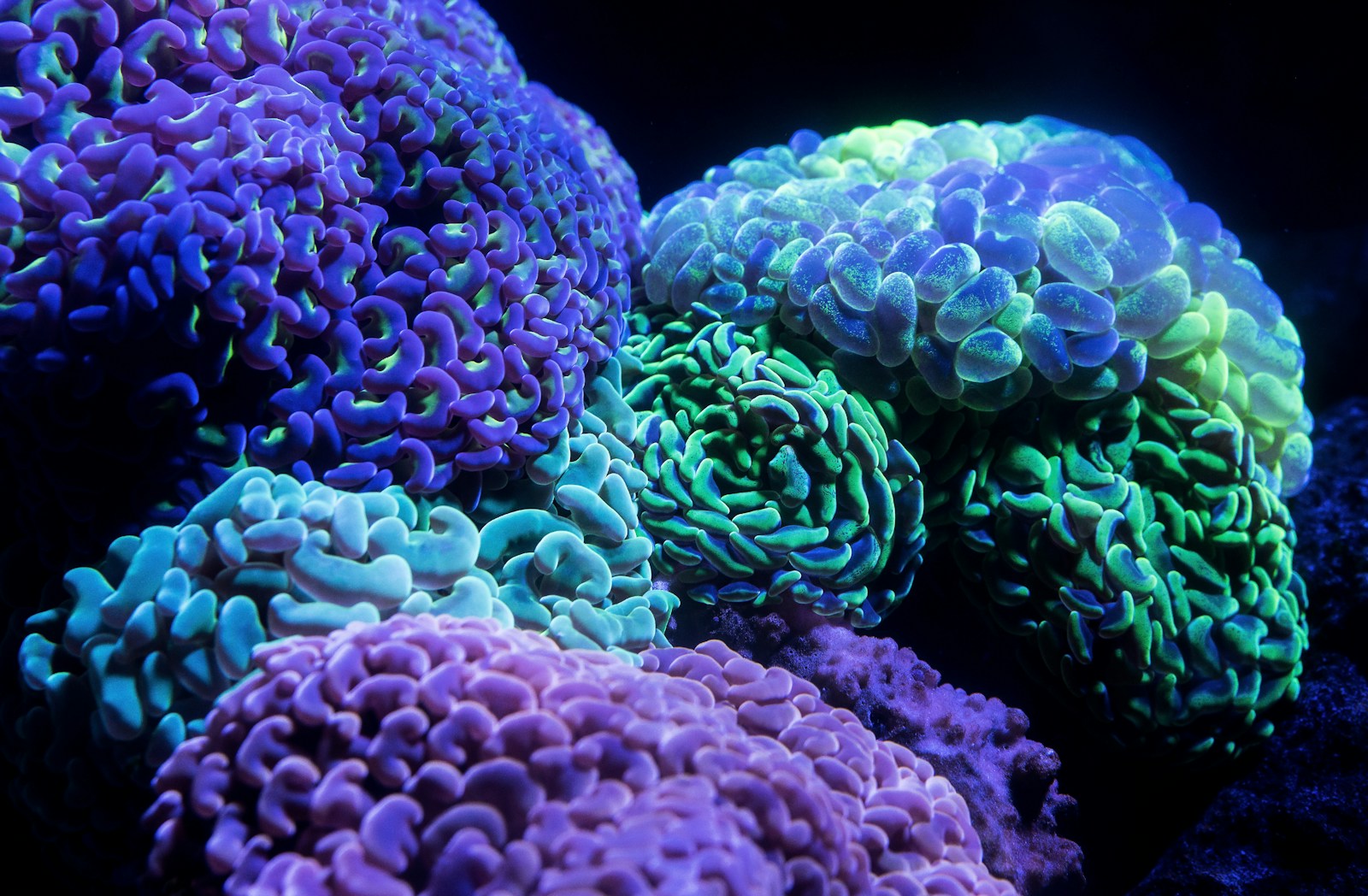
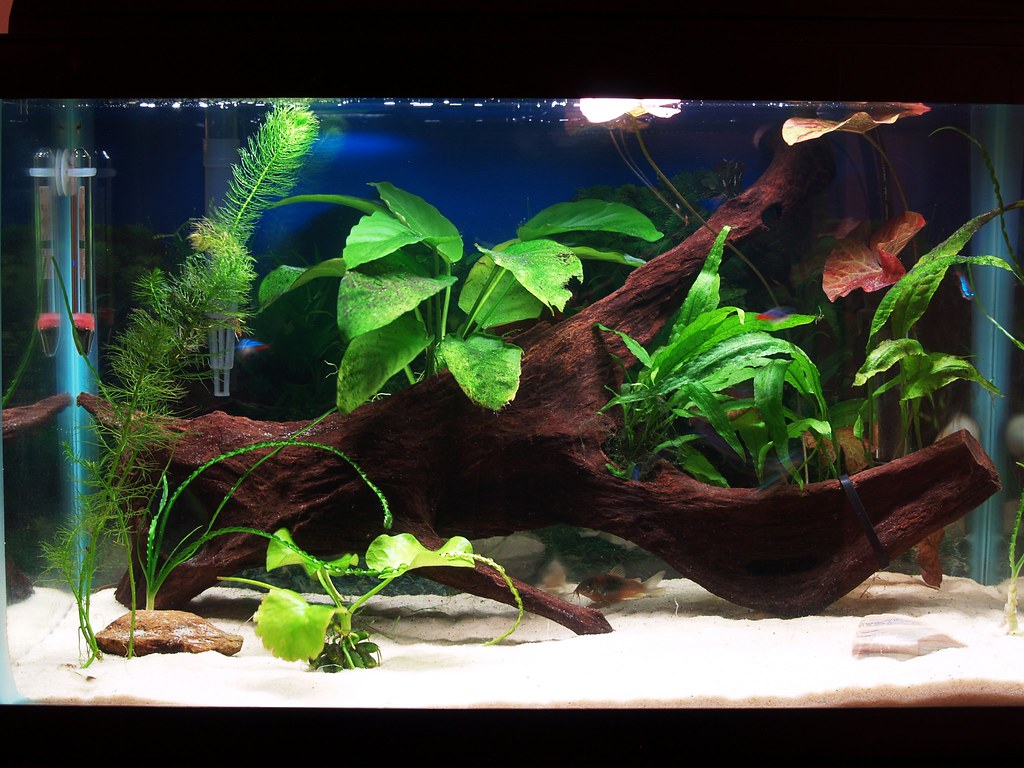
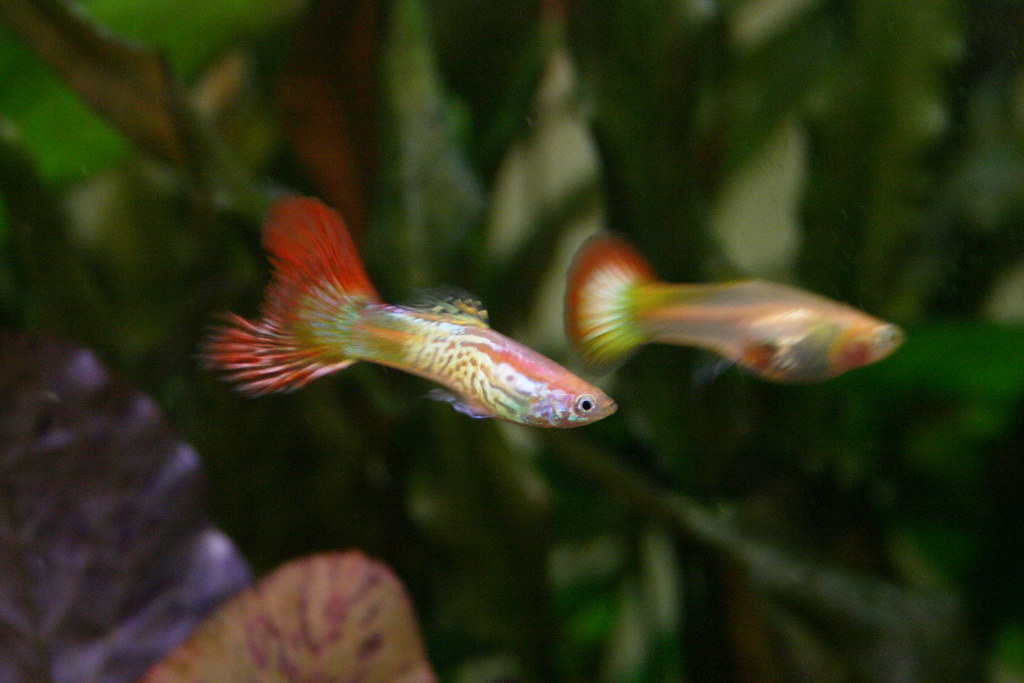


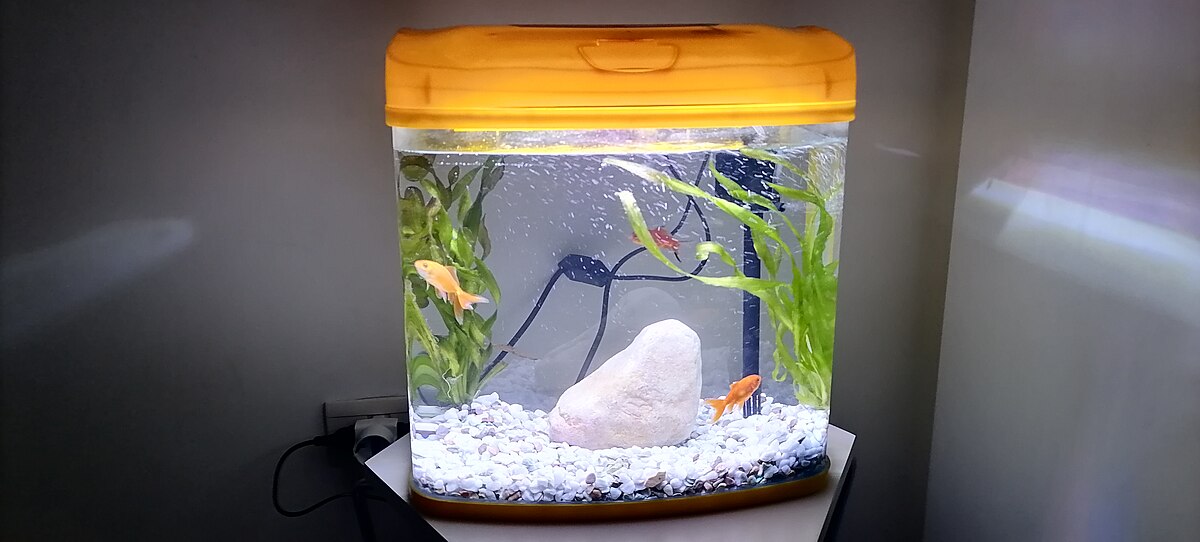
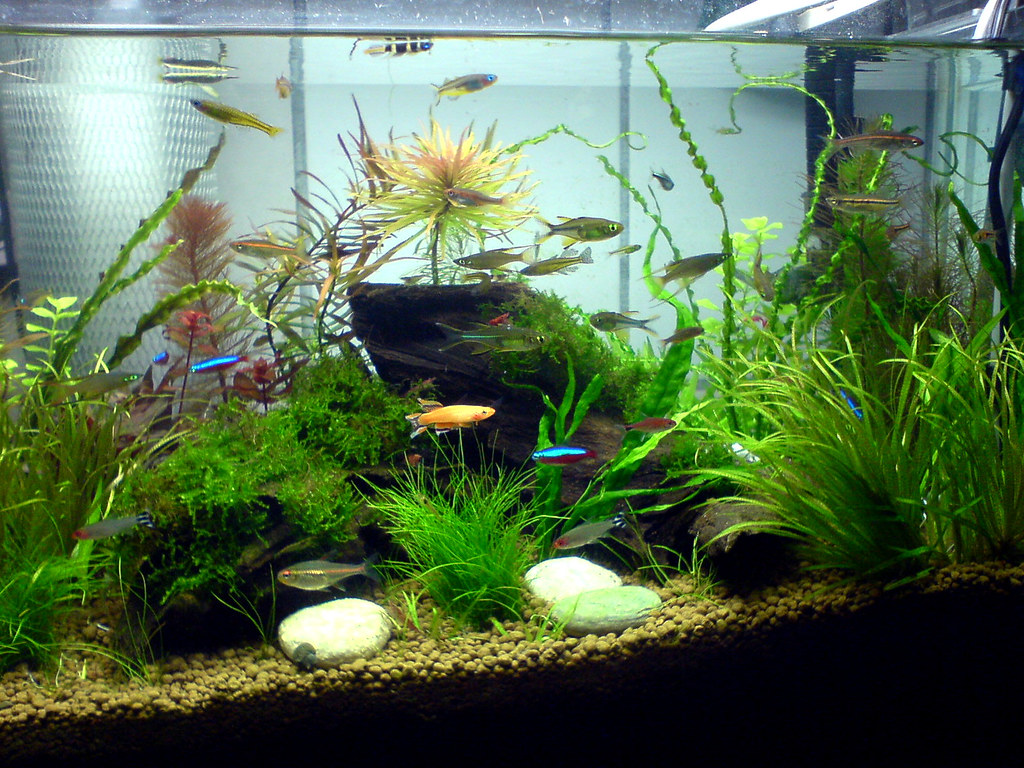
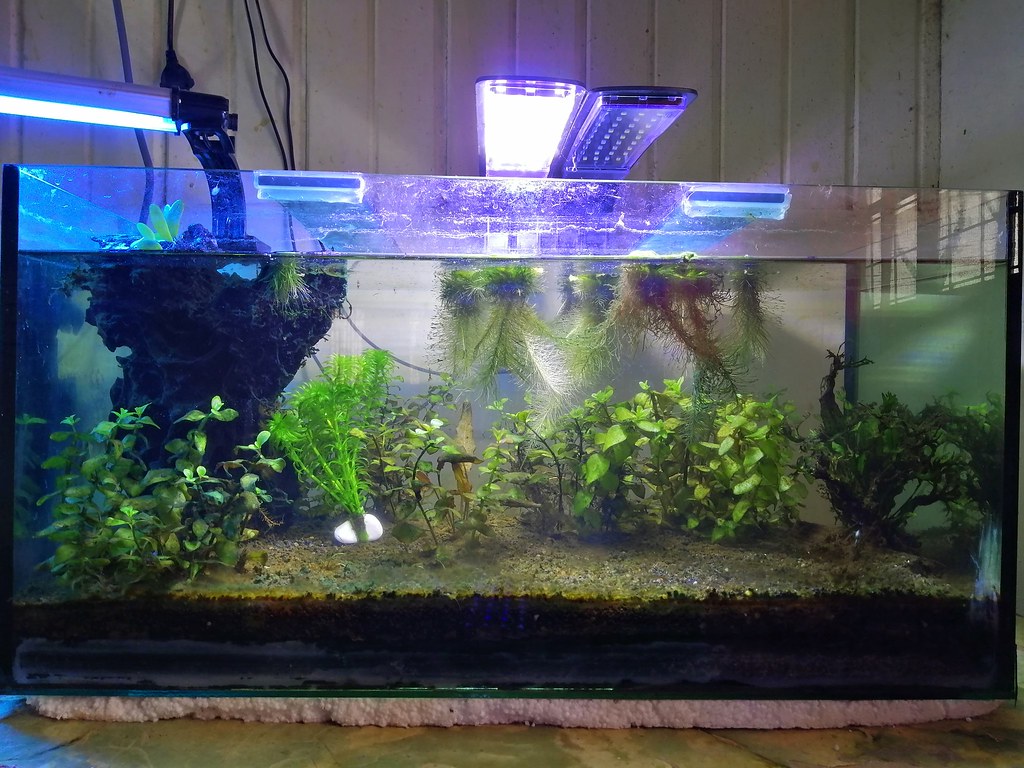

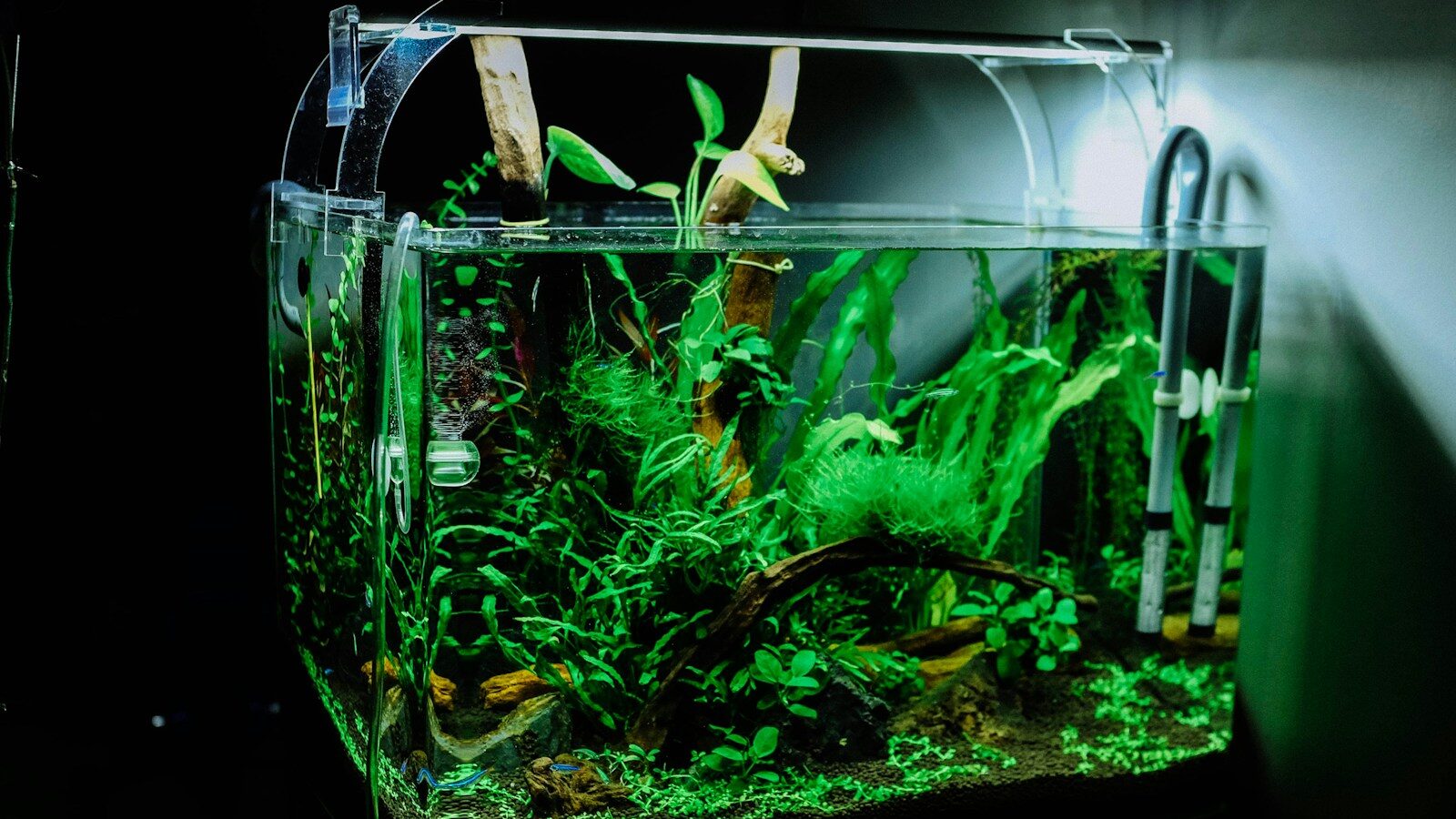





Leave a Reply